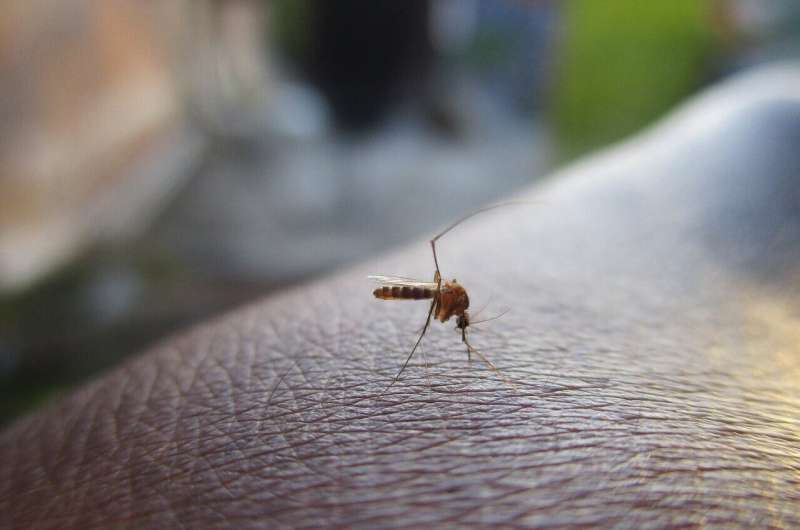Brain Mapping of Body Parts in Adults with Autism Mirrors That of Typically Developing Individuals

A groundbreaking study reveals that adults with autism have brain representations of body parts similar to those of neurotypical individuals, challenging previous assumptions about perceptual differences in ASD.
Autism spectrum disorder (ASD) is a complex neurodevelopmental condition characterized by challenges in social communication, repetitive behaviors, and difficulties in interpreting body language and emotional expressions. Researchers have long believed that these social difficulties could stem from differences in how the brains of individuals with ASD perceive and represent body parts.
A recent study conducted in Japan and published in the journal Imaging Neuroscience has provided new insights into this assumption. Using functional magnetic resonance imaging (fMRI), scientists examined the brain activity patterns of adults with autism when viewing images of various body parts, including hands, legs, face, and the whole body, along with control objects like chairs.
The study involved 23 adults with ASD and 23 neurotypical (TD) adults. During the scanning sessions, participants completed a task to maintain attention, and the researchers analyzed brain activation, particularly focusing on the lateral occipitotemporal cortex (LOTC), a region known to process visual information about body parts. Results showed that both groups exhibited similar activation levels in the LOTC when viewing whole-body images, indicating comparable basic visual perception.
Further analysis revealed that the brain organized body parts into three categories across both groups: action effectors (hands, feet, arms, legs), non-effectors (chest, waist), and facial features. This suggests that adults with autism perceive visual body information in a manner similar to neurotypical adults, challenging previous ideas that differences in body perception contribute to social difficulties in ASD.
The research team also confirmed that the patterns of brain activity could distinguish between different body parts equally well in both groups. Additionally, the study explored potential links between brain activity and individual differences, such as severity of autism symptoms or sensory traits, but found no significant correlations.
Interestingly, earlier research involving autistic children has shown different brain response patterns in the LOTC. The authors suggest that these differences might diminish with age, highlighting a potential developmental change in how body-related information is processed in individuals with autism.
Overall, this study indicates that the core visual perception of body parts remains intact in adults with autism. The social challenges faced by individuals with ASD may therefore stem more from difficulties in interpreting emotional cues and gestures rather than perceiving visual information. These findings could inform future interventions that focus more on social cognition and communication skills, emphasizing that perceptual abilities are largely preserved.
This research underscores the brain’s capacity to adapt and learn over time, offering hope and avenues for improving support strategies for adults with autism.
Source: Medical Xpress
Stay Updated with Mia's Feed
Get the latest health & wellness insights delivered straight to your inbox.
Related Articles
Innovative Malaria Control Method Targets Parasites in Mosquitoes to Enhance Bed Net Effectiveness
A new innovative approach targets malaria parasites within mosquitoes, enhancing the effectiveness of bed nets and offering a promising solution to combat insecticide resistance.
AI-Driven Eye Scans Predict Risk of Cognitive Decline and Dementia
Researchers from NUS Medicine have developed an AI-based retinal imaging biomarker, RetiPhenoAge, which predicts the risk of cognitive decline and dementia. This innovative, non-invasive tool aids early detection and could transform cognitive health screening worldwide.
Hypofractionated Radiotherapy Combined with Chemotherapy Shows Promise for Small Cell Lung Cancer Treatment
A new phase III trial shows that a three-week hypofractionated radiotherapy schedule combined with chemotherapy offers similar survival rates and fewer side effects compared to traditional treatment for LS-SCLC patients.
New Survey Reveals Higher-than-Estimated Use of Illicit Opioids Among Americans
A new survey reveals that illicit opioid use among Americans is much higher than federal estimates, emphasizing the need for better real-time monitoring to combat the opioid crisis.



